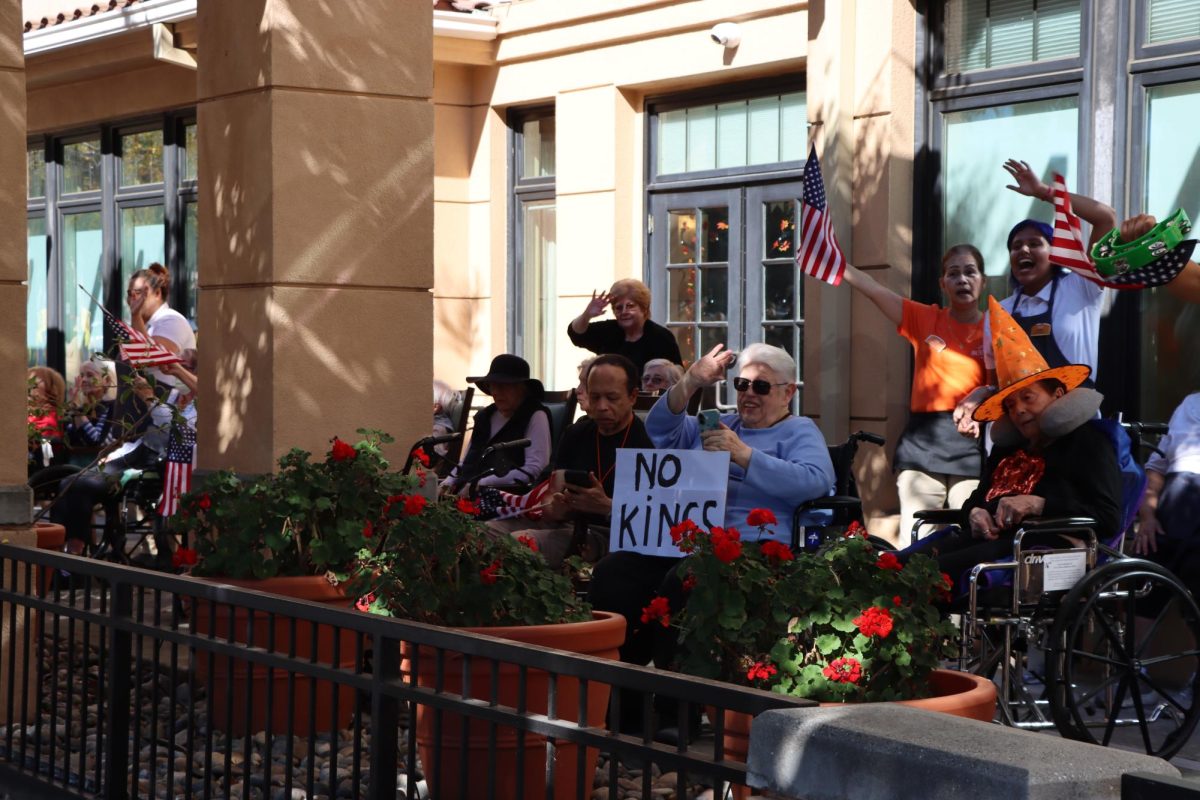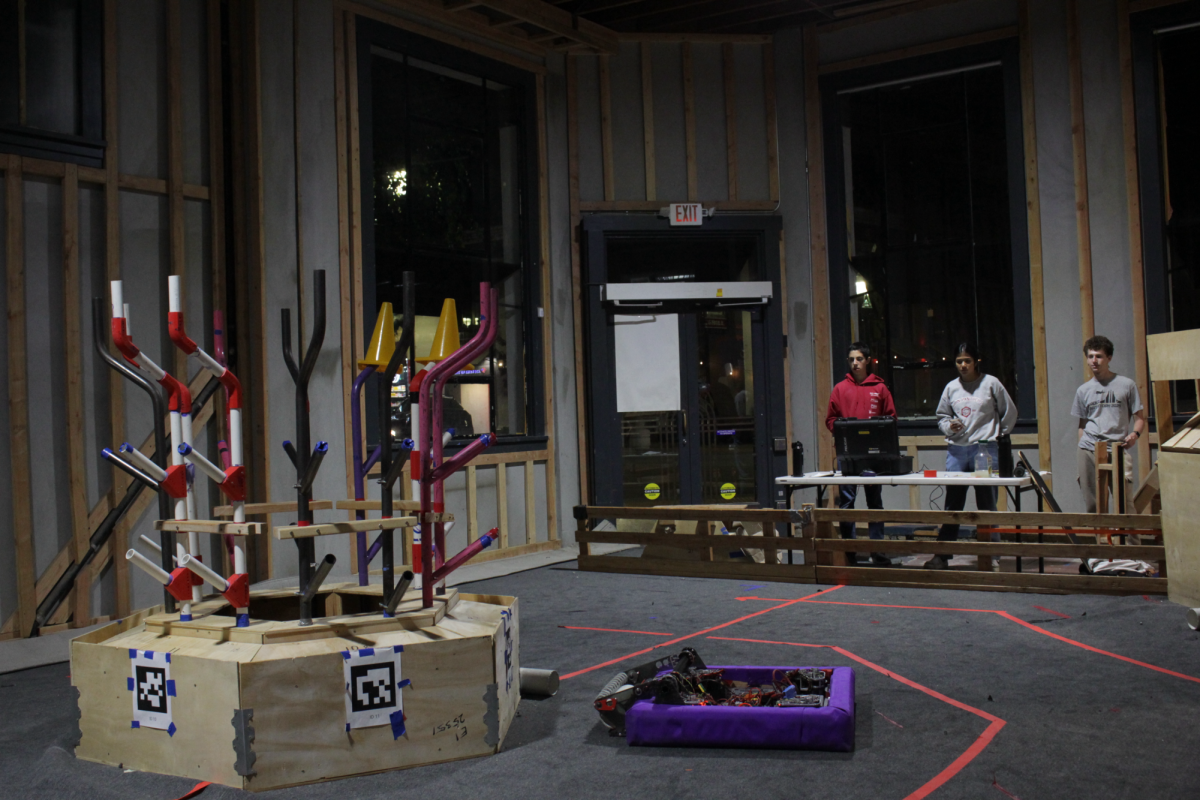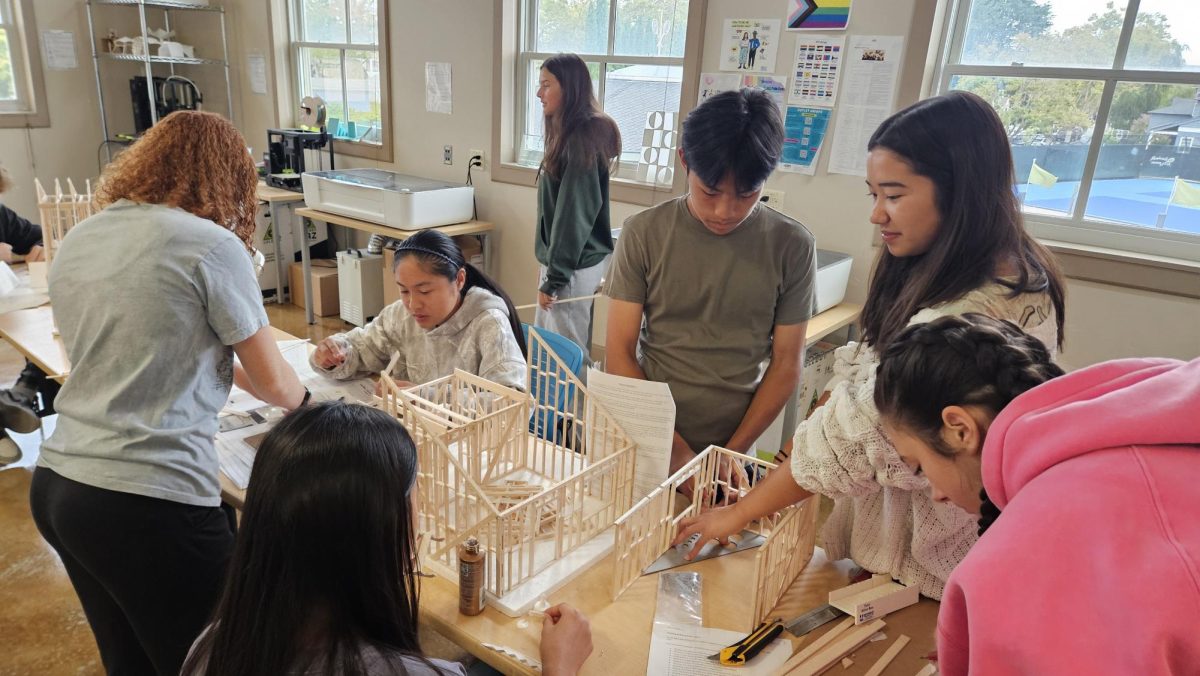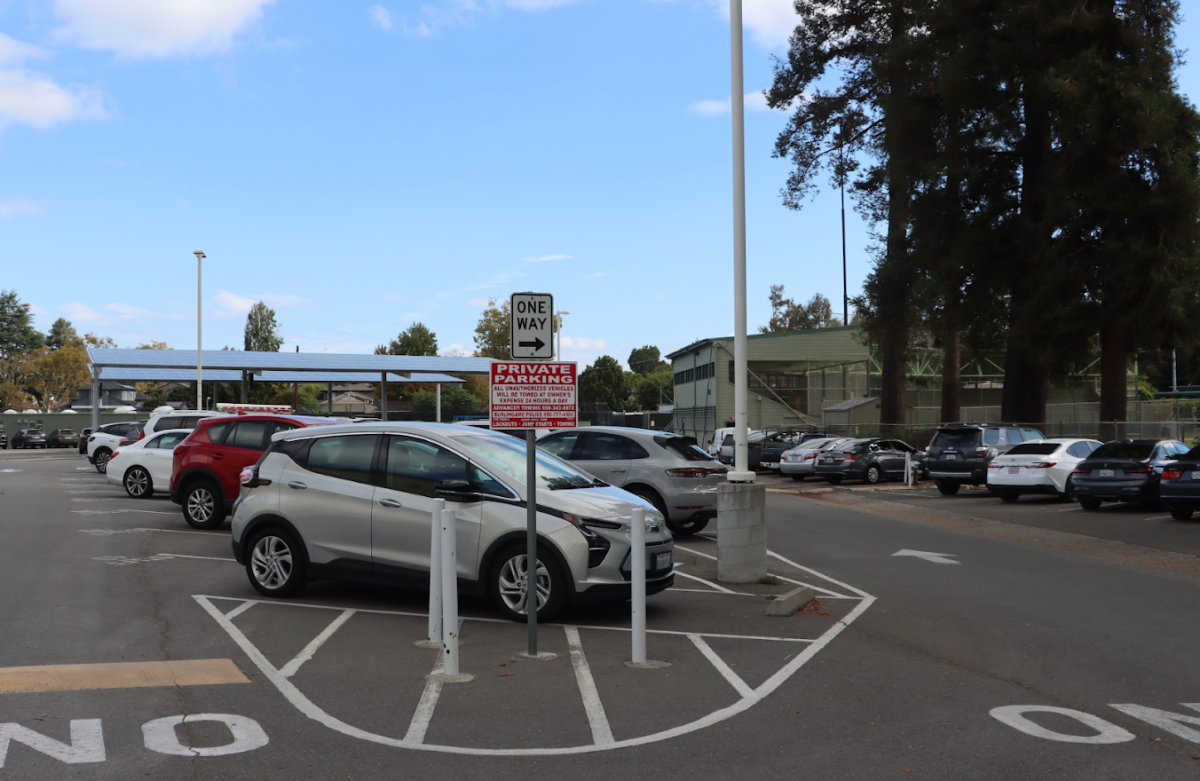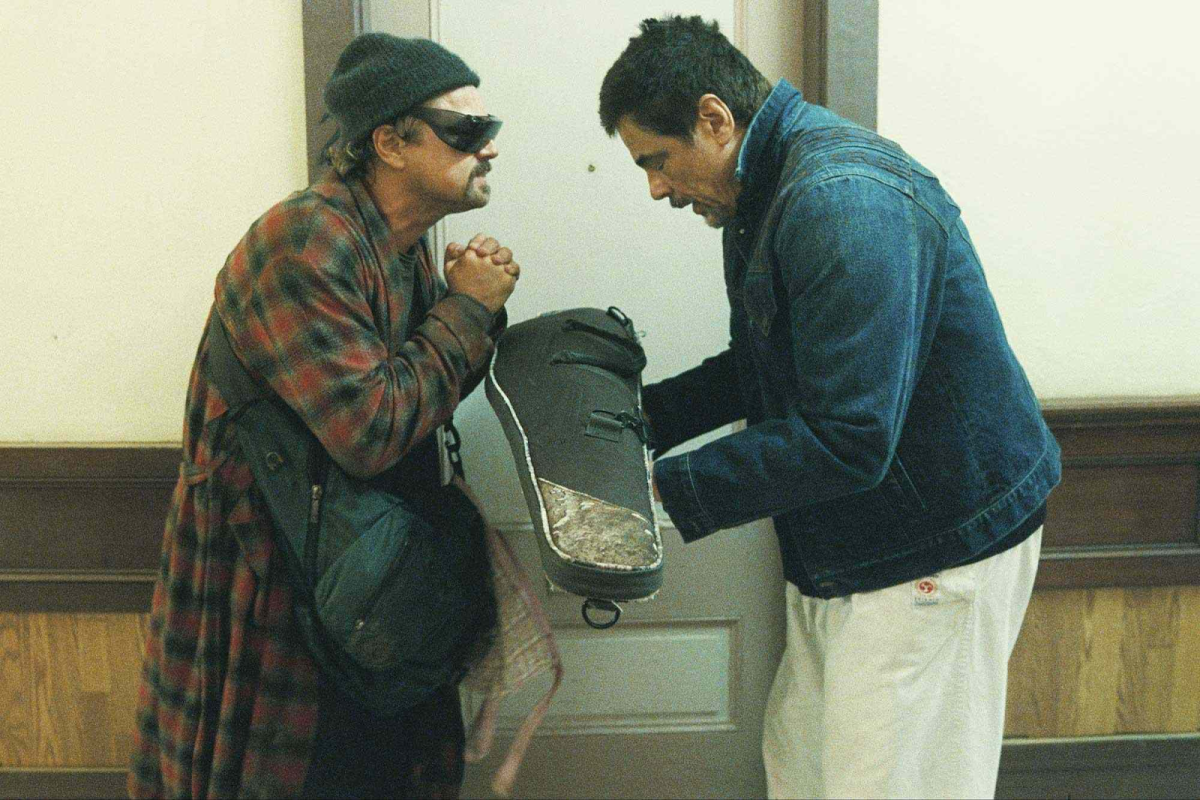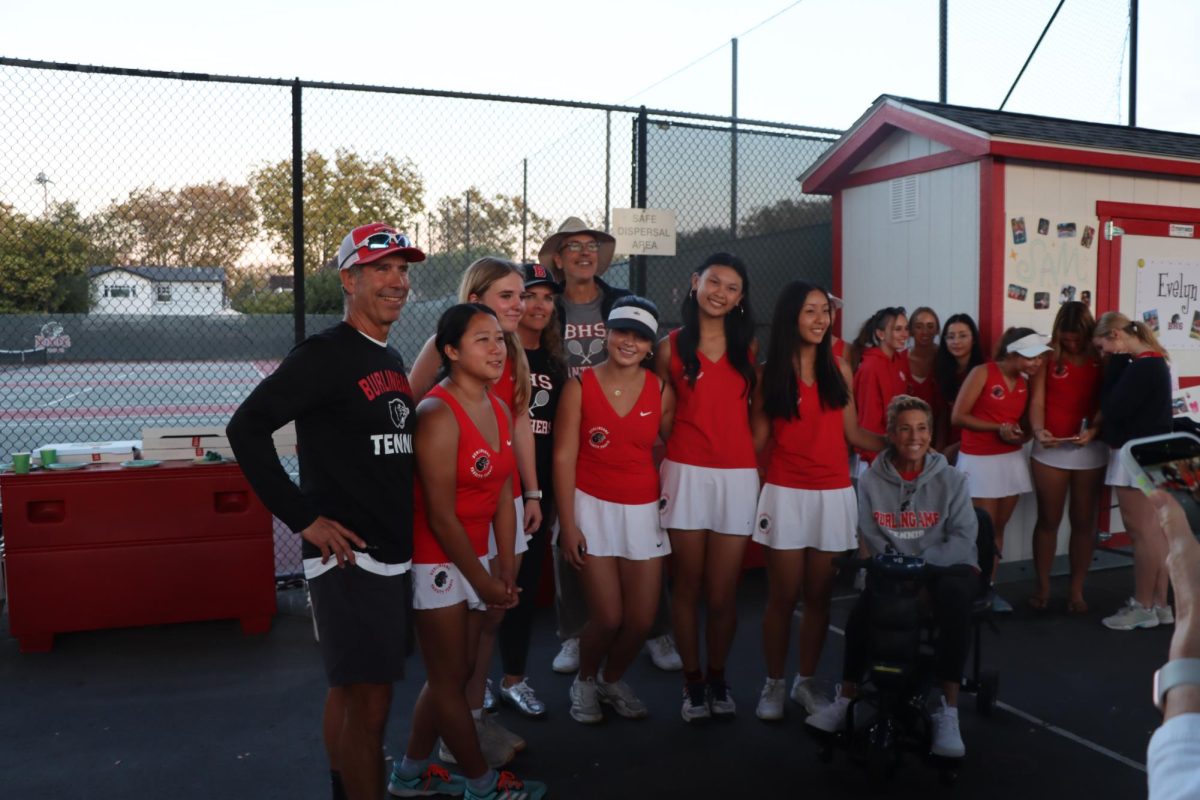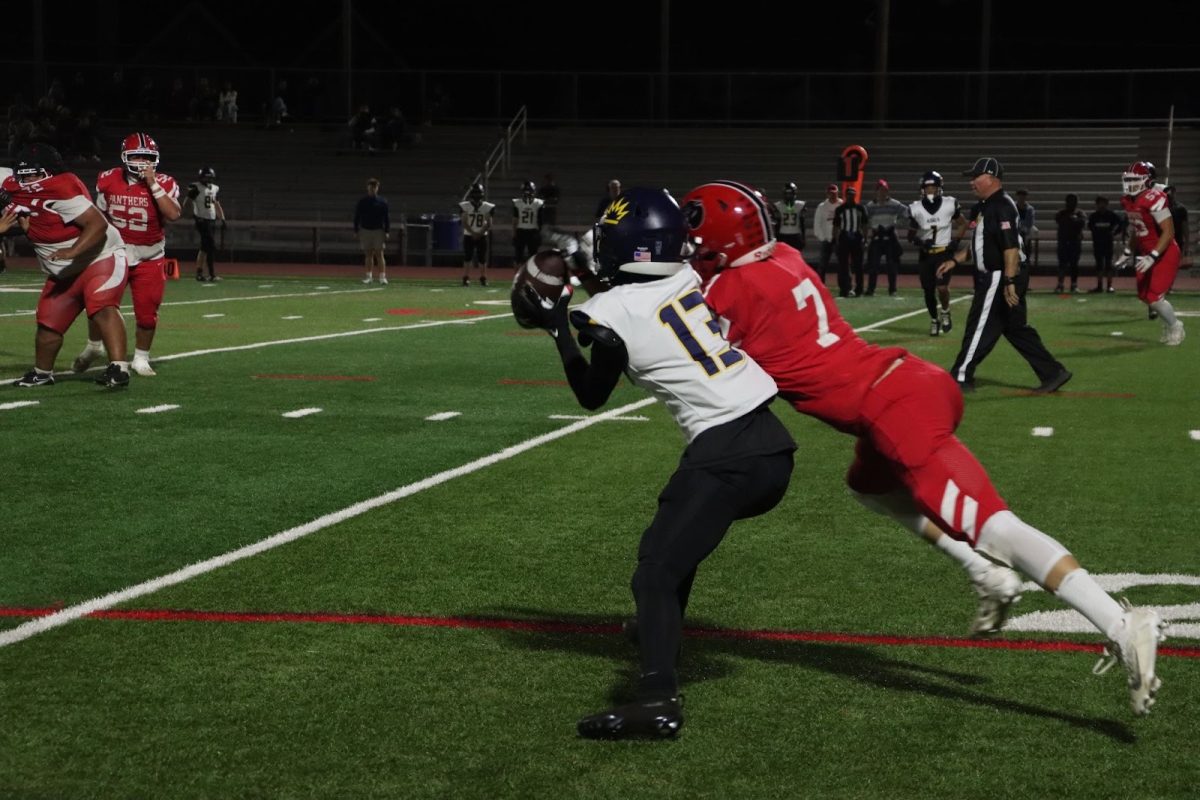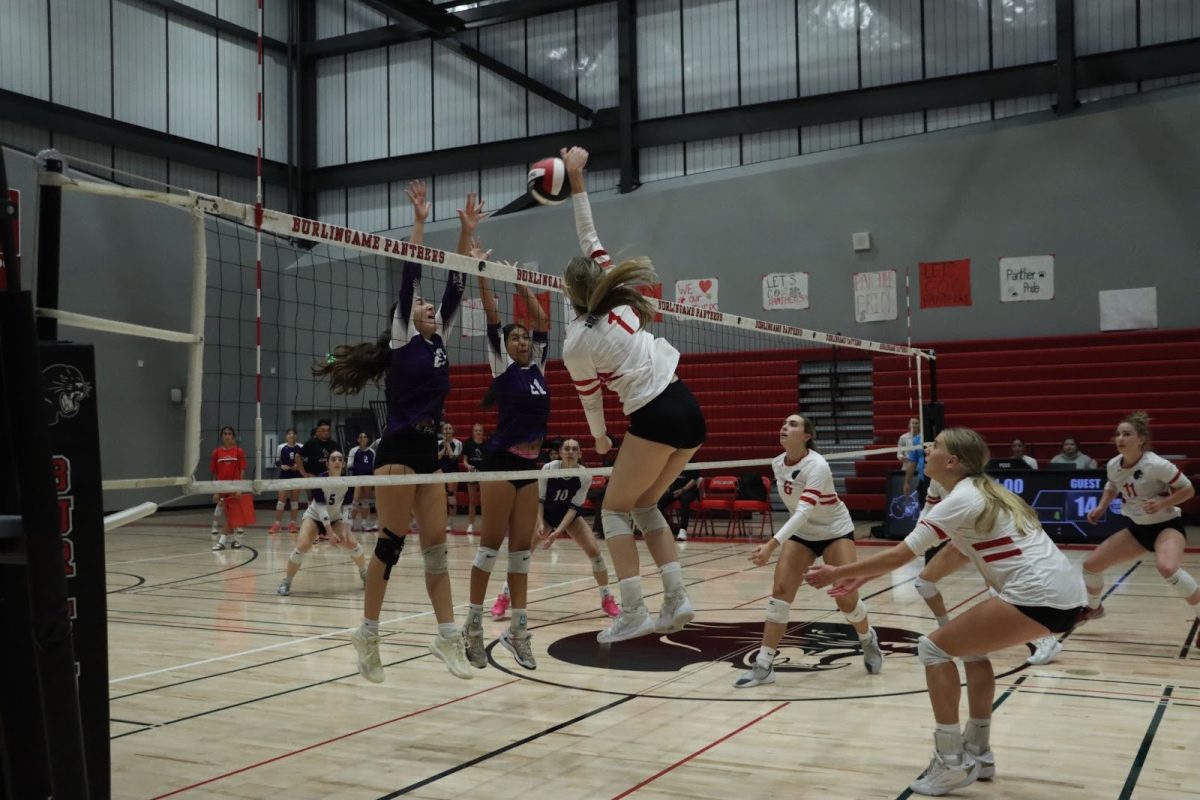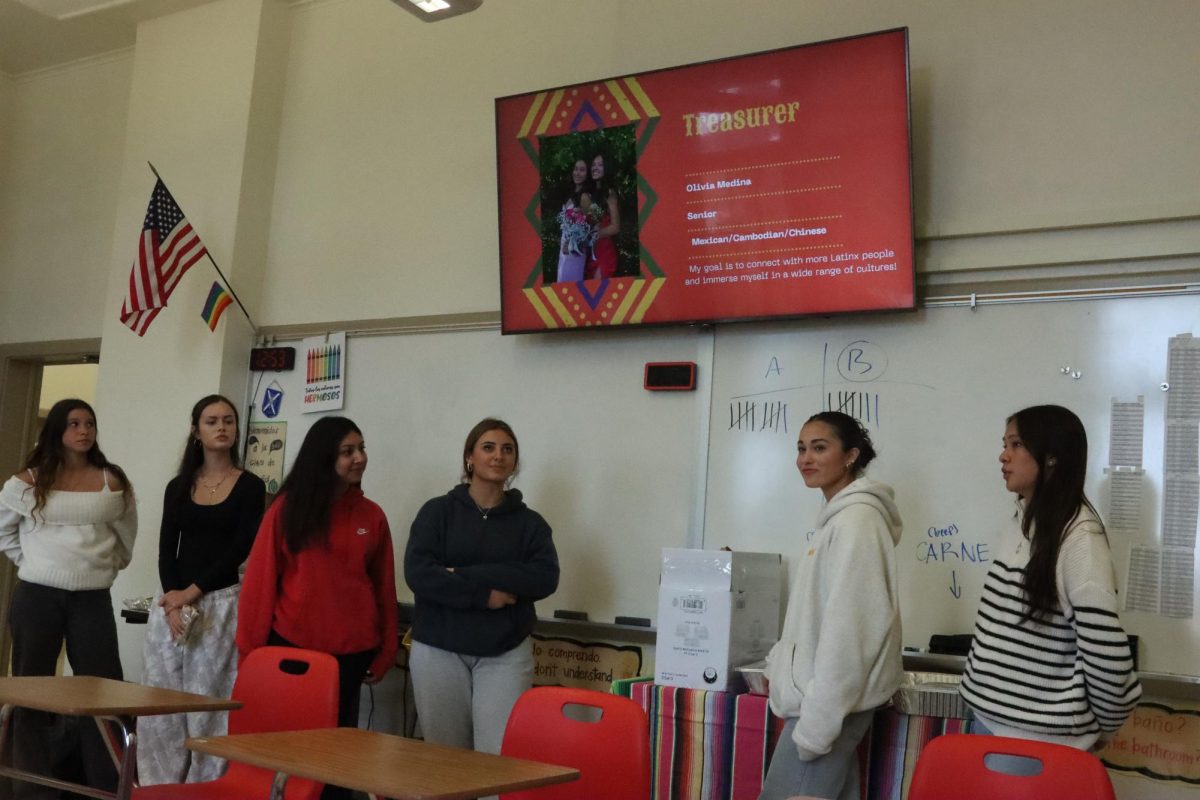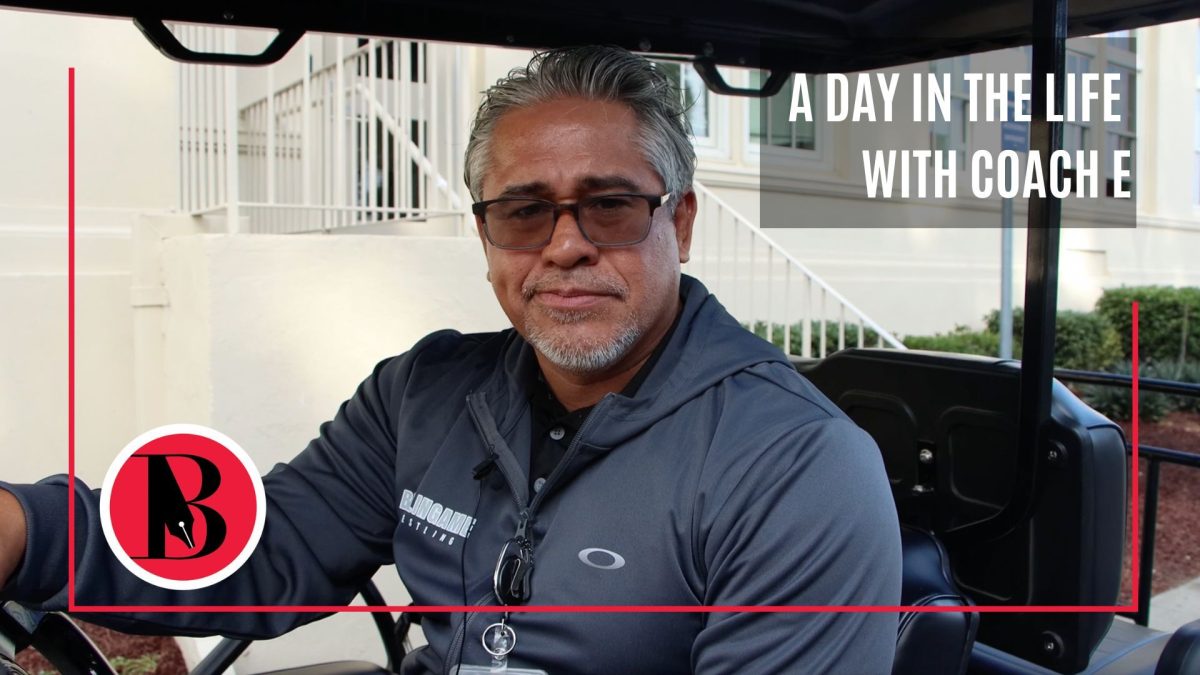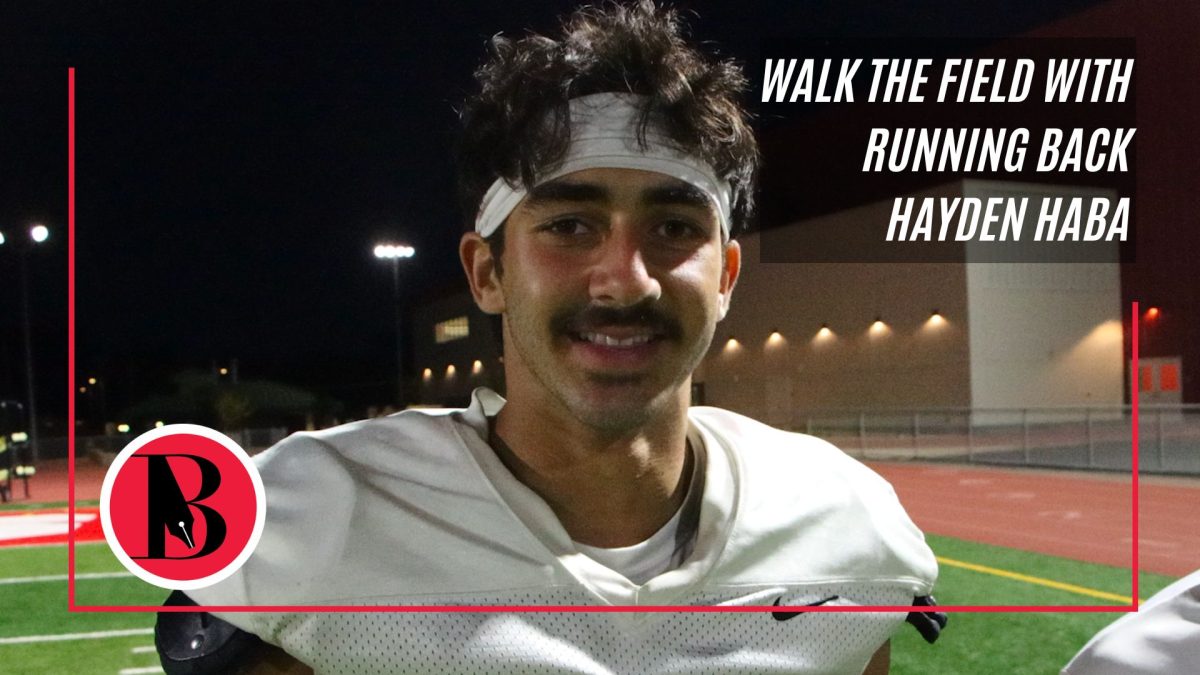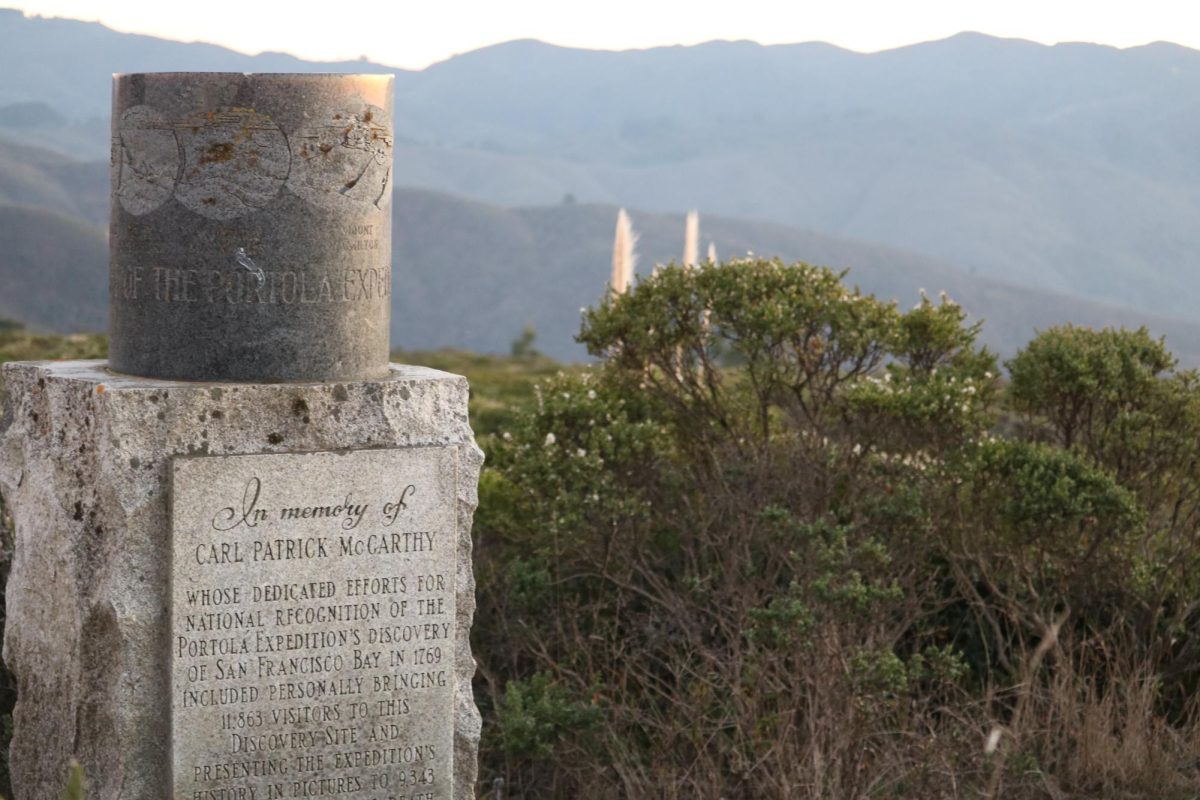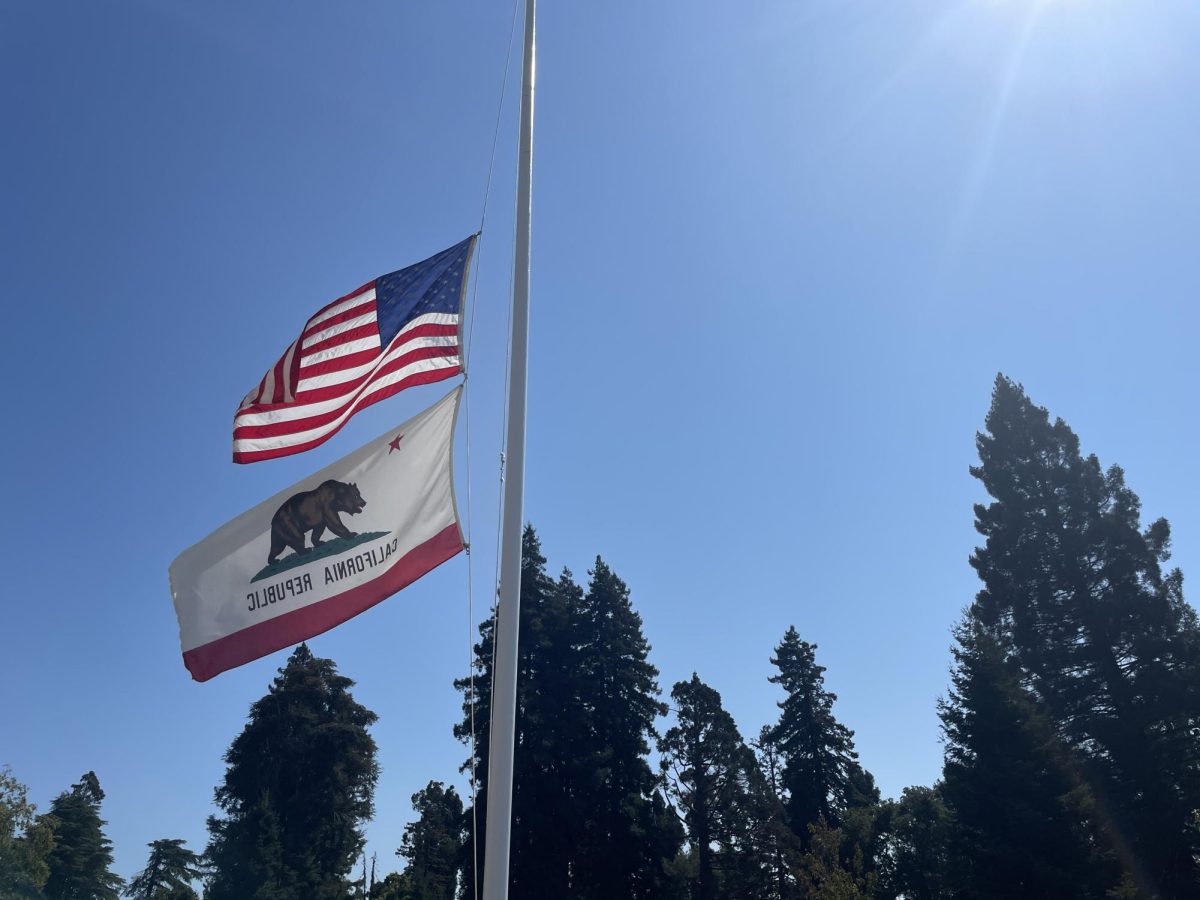“Oppression runs in my blood.”
This is what senior Chloe Villarreal — someone with Asian, Latino, and Native American roots — said when asked about her heritage. Growing up, she always viewed United States history in a different light. From her mother’s side, Villarreal’s perspectives are shaped by the discrimination her ancestors faced as Chinese immigrants. From her father’s side, she carries the legacy of her Sioux heritage, shaped by a history of mistreatment and genocide.
“Especially in California, there’s a big misconception that there weren’t any Native Americans here,” Villareal said.
On Sept. 27, Gov. Gavin Newsom passed Assembly Bill 1821, mandating that all California schools modify their social studies curricula to include the treatment and perspectives of Native Americans in California. The law, set to take effect in or after 2025, seeks to provide a more comprehensive and inclusive view of history.
For Villarreal, the new law is a step towards greater cultural understanding for future generations. As a child, her father told her stories of her Sioux heritage, her great-grandmother, and the history of her ancestors, but she always felt like something was missing. It wasn’t until later that Villarreal discovered that her cultural disconnect was because her great-grandmother was a victim of the Carlisle Schools, an institution dedicated to “killing the Indian” to “save the Man.”
“For many people who do share like a sliver of heritage or a sliver of ethnicity or background from their Native American side, who may not be [as] connected with [this law] is really important,” Villarreal said. “[It’s important] for all of those kids, especially younger kids, to understand that, because I didn’t fully understand some of the things that my dad was telling me until my junior year of high school.”
In most California elementary schools, as mandated in the California Indian Education Act, students “develop a thorough, shared understanding of accurate, high-quality curricular materials about the history, culture, and government of local tribes” that “include tribal experiences and perspectives and teach about the history, culture, and government of local tribes”. However, while not state-required, one of the former cornerstones of California’s elementary curriculum included a mission project, where students would build and research one mission — all of which were built with the forced labor of Native Americans.
Additionally, the history curriculum often omits the full scope of violence Native Americans experienced and the discrimination of ethnic groups during the gold rush. In fact, in the 19th century, California passed multiple laws that essentially legalized Native American genocide, leading to an 80 percent decrease in California’s Native American population in just 20 years. Gregg Castro, co-chair of the Association of Ramaytush Ohlone and a member of the Salinan, Rumsen, and Ramaytush tribes, said schools end up misrepresenting the degree of brutality Native Americans experienced.
“By the time we get to fourth grade, we would be talking about California history, and they’d be talking about the mission system,” Castro said. “They didn’t talk about Native people who actually built the missions, and they didn’t talk about the blood, sweat, and tears that they put into those missions that were supposed to be safe for them.”
While the new law applies to all K-12 schools and is expected to influence middle school curricula, it primarily reinforces content already taught at the high school level. At Burlingame, courses like United States History and ethnic studies already provide extensive coverage of Native American perspectives and history. Nonetheless, Advanced Placement (AP) US History teacher Elizabeth Bellas emphasizes the importance of teaching Native American perspectives at a young age.
“My impression is usually that it’s not new information, but the brutality, the extent to which it happened, and the systemic nature that it was an intentional policy to take land can be surprising for students,” Bellas said. “And I get it probably varies student to student, but I do think students have an idea. We [also] teach the Trail of Tears [and] I feel like people have heard of it but I think the details are usually surprising.”
This year, Burlingame introduced an advanced ethnic studies class taught by Megan Nasser, where students can delve deeper into diverse perspectives in history. Nasser said the course balances the painful truths of Native American history with stories of resilience.
“One thing that I have noticed over the years [is that] a lot of the history used to be about the horrible things that happened,” Nasser said. “I think we focused quite a bit on the bad of manifest destiny [and] losing such a huge portion of the Indigenous population, but [now] there’s a lot more emphasis on the joy and the resiliency of these communities, and the work that’s been done to preserve the culture and to uplift and educate, [which] is something that I’ve seen kind of change over the years.”
Assembly Bill 1821 reinforces a state-wide recognition of California’s complicated history of discrimination against all ethnic groups. However, Castro, Nasser, and Villarreal stress the importance of acknowledging all sides of the story nationwide — especially the Native American narratives.
“This country was founded on genocide, but it was also founded on the belief of freedom,” Villarreal said. “And I think that the way that history is traditionally taught in many schools around the country leaves the freedom [as] only applicable to certain groups.”

